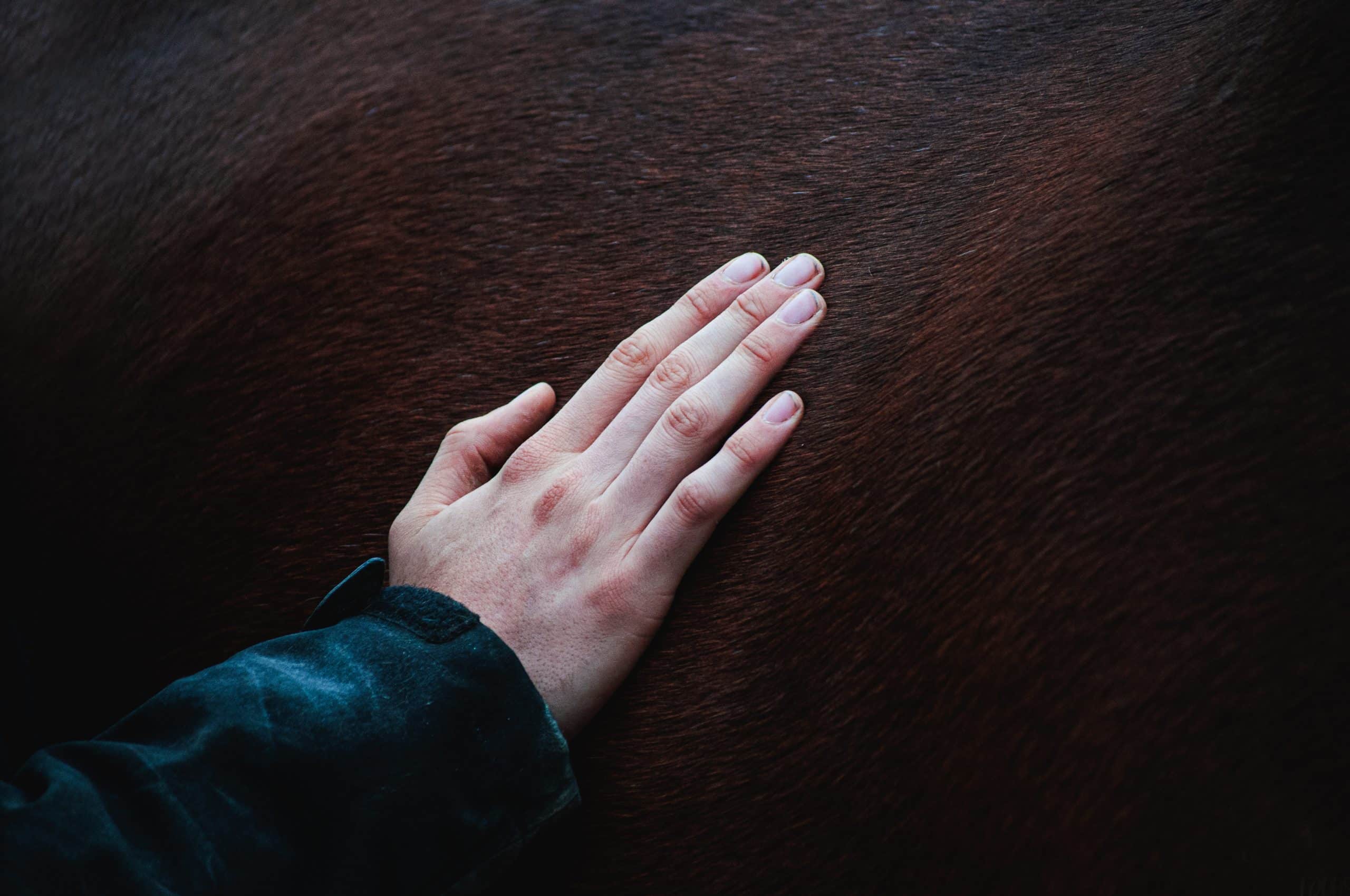HORSE
AGRO

Determining the condition of your horse can be critical to its overall health. A good way to determine if your horse is at a healthy weight is through the Body Condition Score (BCS). While performing a BCS, you assess various body points of a horse by itself and touch with a score. This gives you a good idea of your horse’s condition and allows you to properly assess whether it is overweight or thin.
There are several scales, an example being Henneke’s scale. This scale has been around since 1983 and runs from 1 to 9. Each point on the scale corresponds to a certain degree of fat storage. With 1 representing extremely lean and 9 representing extremely overweight. The neck, withers, back, shoulder, ribs and the beginning of the tail are the six main points assessed on the Henneke scale.
Since the introduction of the Henneke scale, several other BCS systems have been developed, including a simplified version with a scale of 0-5. This system focuses on neck/shoulders, trunk (ribs and spine) and hindquarters. Although the systems vary, they all emphasize that a higher score indicates a higher degree of fat storage. However, you cannot directly compare the results of different scales.

The During a BCS, we look at the areas where horses can store fat, and the location of fat storage can vary from horse to horse. During the assessment, these points are given individual ratings. The average of these is your horse’s overall BCS.
As you may have noticed, the size of your horse’s belly is not included as a component to assess during a BCS. This is because the size of your horse’s abdomen does not tell you anything about fat storage. Belly size can increase due to factors such as sagging abdominal muscles, changes in gut size and digestive processes. Sagging abdominal muscles can happen, for example, when a horse is trained less (in connection with an injury), due to old age or in mares after foaling. In addition, the size of your horse’s abdomen can also increase due to your horse’s intestines! Like humans, horses can also bloat a bit after a meal, for example.
It can be difficult to feel the difference between muscle and fat, and it can also be difficult to account for breed characteristics. This means that different people may score the same horse differently.
However, the BCS is a valuable tool in determining your horse’s ration and is therefore a good starting point. By regularly performing a BCS on your horse, you will gain great insight into whether your horse is maintaining a stable weight. You know your horse best and by regularly performing a BCS you can quickly identify any changes in his condition. This allows you to make timely management adjustments when, for example, you notice that your horse is becoming thinner.
Would you like us to look at your horse’s ration with you? With our feed advice form you can upload a picture of your horse. We are happy to look and think with you!
Receive the latest offers, exclusive content and news from Hartog Family Farms.

Grasdrogerij Hartog B.V.
Mijnsherenweg 7
1658 CA Lambertschaag
0229 – 58 12 32
info@hartog.eu